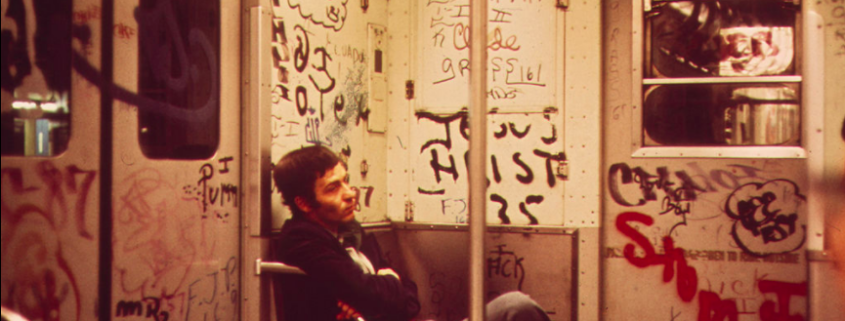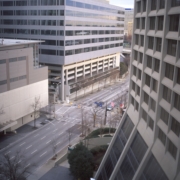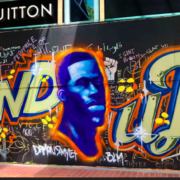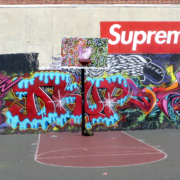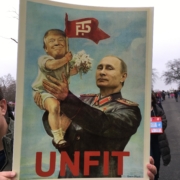Running out of time: Documenting the life histories of Old School Graffiti Writers
Although graffiti, has existed for centuries, modern graffiti did not really start until the 1960s. Despite a nascent graffiti scene in Philadelphia, many argue that the NYC writers (1966-1985) were the originators of modern day graffiti (characterized by bubble lettering, wildstyle, bombing, and subway trains with full cars bearing graffiti lettering, images and motifs).
In the late 1960s, the Old School Graffiti Writers started tagging, piecing, and bombing above ground in the Bronx. Later they turned their efforts underground, throughout the NYC subway system. And when the Metropolitan Transit Authority cracked down on their activities, they innovated, chose new targets above ground throughout the five boroughs of NYC.
Their work and subculture was emulated and built upon by others in many big cities, not just in the United States, but elsewhere (e.g., Paris, London, Athens, etc.). Almost every large urban center throughout the world now has a group of young writers (and street artists), who engage in this mostly clandestine activity.
A few years ago, when my wife and I were living in New York City, I attended a couple of gallery openings in the Lower East Side that featured the work of “old school” New York City graffiti writers.
At the time I was completing my Routledge Handbook of Graffiti and Street Art, and was hoping to meet some of the writers at these events.
In general, these gallery openings were upbeat events. I witnessed writers, most of them in their sixties and seventies, reuniting, conversing, and generally having a good time. But for me, it was also a little sad.
Many of the artists I saw were struggling with the effects of aging. By speaking to a handful of them and eavesdropping on the conversations of others, I overheard not only stories about the good old days, but also how many of their friends and acquaintances were deceased, behind bars, or unable to attend; some because of work or family obligations, but others due to mobility issues and the wear and tear of getting old. This is an influential generation that is slowly disappearing.
The individuals and work of the Old School Writers has been documented in articles and books and through interviews and photographs. This information has appeared in both popular and academic venues. Some of this content has even been featured in documentaries, podcasts, and television news shows. In some cases, old school writers are very well-known –respected celebrities in the art world, or considered to be infamous subterranean urban outlaws.
Whereas some of the Old School Writers successfully made the transition to gallery artists, or into other careers where they used their creative talents, others melded away into public obscurity. In other words, not all of them had the same life trajectory. In general we know who they were and what they did. But we don’t know what they’ve done and where they are.
If we look at these individuals as a distinct urban subculture, we can recognize that selective information has been made publicly available about them. What we lack is an in-depth picture of the group as a whole.
Many of the writers have passed away. Others are now senior citizens. The next few years might be the last time to perform a rigorous and comprehensive oral or life history analysis of these individuals before it’s too late.
As the scholarly field that examines graffiti and street art evolves, it’s important to comprehensively understand its history. We see this in the field of archeology, where a subgroup of researchers are studying what has been dubbed ‘ancient graffiti.’ It is incumbent on researchers of contemporary graffiti (and street art) to do the same. Why? Because the origin of the Old School Writers is often shrouded in mythology and misconceptions, especially surrounding their growth and activities.
Unpacking and pulling back the veil is important, not only for the scholarly field of graffiti, but also to challenge and lay these misconceptions to rest, and have a better picture how their life circumstances affected their ability to do their creative work.
The available information about these individuals is scattered across different venues. Most celebrates or romanticizes their work (or demonizes them). Less of it digs deeper into the Old School Writer’s lives, and practically none seeks to understand their childhood, late teenage years, and how these writers adapted to the responsibilities of adulthood. And for these reasons alone it’s time to do a larger more comprehensive study.
Photo Credit Heavily tagged New York City Subway car in 1973
Erik Calonius

